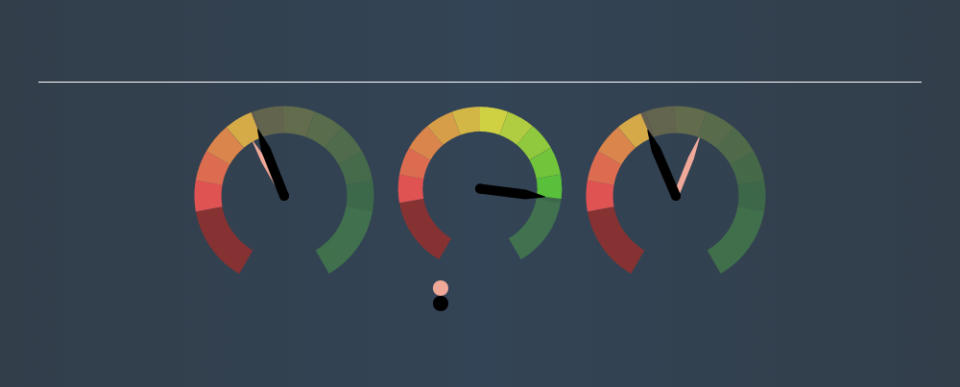What Does Analog Devices, Inc.’s (NASDAQ:ADI) 9.2% ROCE Say About The Business?

Today we'll look at Analog Devices, Inc. (NASDAQ:ADI) and reflect on its potential as an investment. Specifically, we'll consider its Return On Capital Employed (ROCE), since that will give us an insight into how efficiently the business can generate profits from the capital it requires.
First up, we'll look at what ROCE is and how we calculate it. Then we'll compare its ROCE to similar companies. Finally, we'll look at how its current liabilities affect its ROCE.
Return On Capital Employed (ROCE): What is it?
ROCE measures the 'return' (pre-tax profit) a company generates from capital employed in its business. In general, businesses with a higher ROCE are usually better quality. Overall, it is a valuable metric that has its flaws. Renowned investment researcher Michael Mauboussin has suggested that a high ROCE can indicate that 'one dollar invested in the company generates value of more than one dollar'.
So, How Do We Calculate ROCE?
The formula for calculating the return on capital employed is:
Return on Capital Employed = Earnings Before Interest and Tax (EBIT) ÷ (Total Assets - Current Liabilities)
Or for Analog Devices:
0.092 = US$1.9b ÷ (US$22b - US$1.5b) (Based on the trailing twelve months to August 2019.)
So, Analog Devices has an ROCE of 9.2%.
View our latest analysis for Analog Devices
Does Analog Devices Have A Good ROCE?
ROCE can be useful when making comparisons, such as between similar companies. We can see Analog Devices's ROCE is around the 11% average reported by the Semiconductor industry. Separate from how Analog Devices stacks up against its industry, its ROCE in absolute terms is mediocre; relative to the returns on government bonds. It is possible that there are more rewarding investments out there.
Analog Devices's current ROCE of 9.2% is lower than its ROCE in the past, which was 15%, 3 years ago. This makes us wonder if the business is facing new challenges. The image below shows how Analog Devices's ROCE compares to its industry, and you can click it to see more detail on its past growth.
It is important to remember that ROCE shows past performance, and is not necessarily predictive. Companies in cyclical industries can be difficult to understand using ROCE, as returns typically look high during boom times, and low during busts. This is because ROCE only looks at one year, instead of considering returns across a whole cycle. What happens in the future is pretty important for investors, so we have prepared a free report on analyst forecasts for Analog Devices.
How Analog Devices's Current Liabilities Impact Its ROCE
Current liabilities are short term bills and invoices that need to be paid in 12 months or less. Due to the way the ROCE equation works, having large bills due in the near term can make it look as though a company has less capital employed, and thus a higher ROCE than usual. To counteract this, we check if a company has high current liabilities, relative to its total assets.
Analog Devices has total assets of US$22b and current liabilities of US$1.5b. As a result, its current liabilities are equal to approximately 6.9% of its total assets. With low levels of current liabilities, at least Analog Devices's mediocre ROCE is not unduly boosted.
The Bottom Line On Analog Devices's ROCE
If performance improves, then Analog Devices may be an OK investment, especially at the right valuation. Of course, you might also be able to find a better stock than Analog Devices. So you may wish to see this free collection of other companies that have grown earnings strongly.
I will like Analog Devices better if I see some big insider buys. While we wait, check out this free list of growing companies with considerable, recent, insider buying.
We aim to bring you long-term focused research analysis driven by fundamental data. Note that our analysis may not factor in the latest price-sensitive company announcements or qualitative material.
If you spot an error that warrants correction, please contact the editor at editorial-team@simplywallst.com. This article by Simply Wall St is general in nature. It does not constitute a recommendation to buy or sell any stock, and does not take account of your objectives, or your financial situation. Simply Wall St has no position in the stocks mentioned. Thank you for reading.

 Yahoo Finance
Yahoo Finance 
